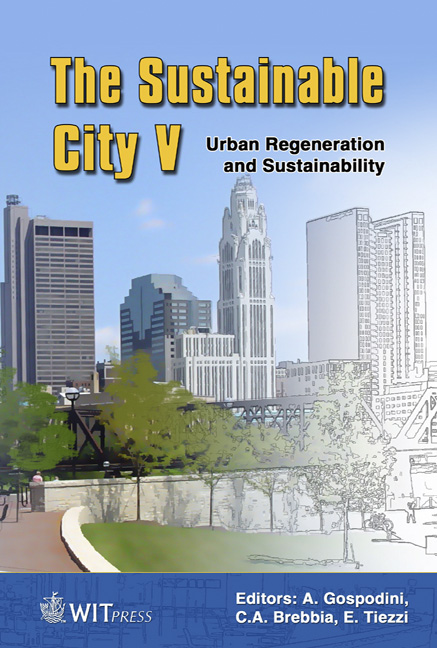Benefits Of Area-wide Traffic Calming Measures: Outcomes Still To Assess
Price
Free (open access)
Transaction
Volume
117
Pages
12
Page Range
33 - 44
Published
2008
Size
448 kb
Paper DOI
10.2495/SC080041
Copyright
WIT Press
Author(s)
A. Granà, T. Giuffrè & M. Guerrieri
Abstract
The role of traffic calming schemes in urban network management is mainly to minimize the undesirable effect of traffic in residential areas; in this context accident reduction can be a realistic objective. Several studies, indeed, inform us that traffic calming is a major part of the treatments available to reduce road accidents in urban areas. Paradoxically the increase of the accident rate per kilometre travelled has been observed in the urban context as result of the wellknown accident migration phenomenon. In connection to these considerations, the effectiveness of traffic calming measures on road safety is discussed in this paper. Then, after a synthetic exposition of the conceptual formulation and the potential of the meta-analysis method in detecting the true safety effect of traffic calming measures, the paper also considers the role of road network planning and the characteristics of the urban network that have to be consistent with the traffic calming objectives. Lastly, a methodological framework to follow for the implementation of traffic calming schemes in residential areas, from the planning level to the road design level, is proposed. Keywords: road safety, traffic calming scheme, meta-analysis. 1 Introduction Strategies targeted to improve road safety follow in general two different aims: i) reducing the severity of the consequences of risky behaviours by the installation of devices useful to contain driver and passenger damage when collision occurs; ii) making the consequences of risky behaviour more severe by the installation of
Keywords
road safety, traffic calming scheme, meta-analysis.





